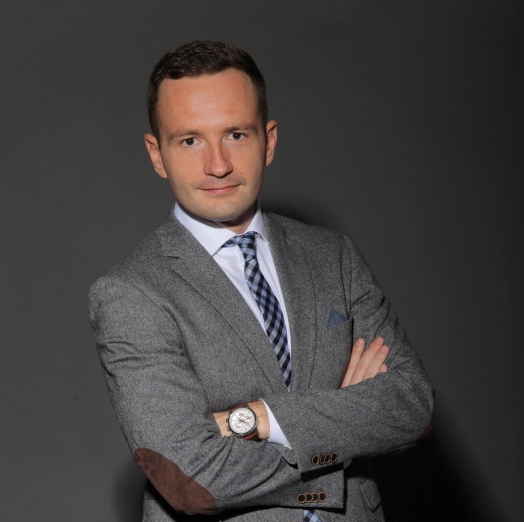A decisive step forward is needed in terms of the rule of law, efficiency of state administration and quality of institutions for domestic private investments to grow
In the previous two decades, the Serbian economy grew at an average annual rate of 3.6%, which is close to the average growth in Central and Eastern European (CEE) countries. However, 15 of the 23 CEE countries have achieved faster GDP growth than Serbia in that period. Observed by sub-periods, Serbia achieved above-average growth rates in the period from 2001 to 2008, while in the period from 2009 to 2019, this growth was slower, due to the quality of economic policy, the dynamics of systemic reforms, as well as exogenous factors, such as the global economic crisis (2008), the Eurozone crisis (2011) and the floods (2014). In 2020, the Serbian economy experienced a much smaller decline compared to the vast majority of European countries, due to three groups of factors: less relative importance of sectors severely affected by the pandemic crisis (tourism, transport, etc.), a large package of fiscal and monetary stimulus, as well as less stringent non-pharmacological epidemiological measures during most of the past period.

In 2021, the Serbian economy has also been recording solid results, with an economic growth rate of about 7%, which is a consequence of the low base effect (recession in 2020), the recovery of European economies, as well as domestic policies. In order for Serbia to move closer to the CEE average in terms of economic development, the Serbian economy needs to grow at an annual rate of between 4 and 6% for a longer period. To accomplish that, we need to have effective policies that will foster the development of the main factors of economic growth – physical and human capital and technical progress.
Physical capital is a consequence of investments during the previous period. In comparison to CEE economies, the total investments in Serbia have been relatively low in the last decades, mostly due to low public and domestic private investments, while the results in terms of foreign investment influx have been solid. Since 2019, public investments in Serbia have increased significantly, which is viewed as positive. However, in order for this to affect faster economic growth and better living standard, public investments need to be at a level of over 5% of GDP in the long run. Also, the system used in selecting projects to be financed by the government needs to improve (assessments of economic profitability of projects using standard methodology), as do the transparency and efficiency of the contracting system (on a tender basis) and supervision over their implementation. On the other hand, for a substantial and sustainable rise in domestic private investment a strong step forward in terms of the rule of law, the efficiency of administration and the quality of institutions are needed.
Human capital, as a factor of economic growth, is shaped by demographic and migration trends, as well as the education system. Estimates of international institutions show that Serbia’s population will decrease by 15% by 2050, while the workforce is expected to drop by 20%, of which 2/3 of the decline is due to negative birth rate, and 1/3 due to net emigration trends. The pandemic-induced crisis could further exacerbate these trends. In terms of education, although in previous decades, we have seen a formal improvement in the educational structure of the population, substantially this step is smaller, given the proliferation of educational institutions that offer low-quality education, as evidenced by the fact that out of 17 Serbian universities only one ranked relatively high on international lists.
“Estimates of international institutions show that Serbia’s population will decrease by 15% by 2050, and the volume of the workforce by about 20%”
Substantial investments in physical capital can contribute to the development of the country to a certain level (medium level of development), while to cross that limit and join the club of more developed countries, growth must be based not only on investments but also on development and dissemination of innovation, thus exploiting the benefits of technical progress.
Based on the aforementioned, and for Serbia to be able to achieve higher economic growth in the long run, it is necessary to maintain macroeconomic stability, with the focus of economic policy on financing productive investments in infrastructure, environmental protection, education, science and innovation promotion. Moreover, sustainable investment growth, mitigation of negative birth rate and migration trends require building up inclusive institutions, namely, an efficient judicial and administrative system, combating the shadow economy and corruption, and creating a social system based on positive selection.